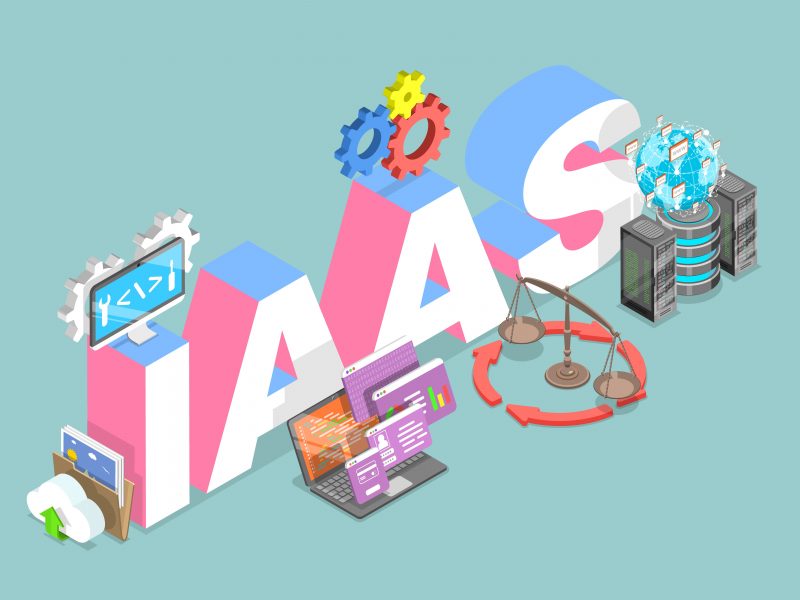Software testing is crucial in ensuring the quality and efficiency of any application or system. With the increasing complexity of software, traditional manual testing methods are no longer sufficient to meet the demands of speed and accuracy. This is where automation testing comes into play.
Automation testing refers to using specialized tools and scripts to automate repetitive tasks, validate functionality, and detect defects within a software application. It saves testers time by executing test cases automatically, thus improving productivity and reducing human errors.
In this blog post, we will delve deeper into the automation testing world and explore its importance in testing world software products. We will also discuss different types of testing, compare manual versus automated approaches, offer tips for successful implementation, and highlight the advantages it brings to your development process. So, let’s dive right in!
Brief explanation of automation testing and its importance in software testing
Automation testing is a crucial aspect of software development that involves using specialized tools and software to execute test cases. It automates repetitive tasks, making it faster and more efficient compared to manual testing. With automation testing, they save significant time and effort while ensuring accuracy in their tests.
One key advantage of automated accuracy is to conduct repeated tests with consistent precision. This means that once the test scripts are created, they can be executed multiple times without any variation in results. This ensures that even complex scenarios are tested thoroughly, reducing the risk of overlooking potential issues.
Another significant benefit of automation testing is its ability to improve test coverage. Manual testing may not always cover all possible scenarios due to time constraints or human error. Automation allows for comprehensive test coverage by executing numerous test cases simultaneously or repeatedly.
Overview of different types of testing
Software testing is a crucial part of the software development life cycle. It ensures that the application or software meets the required quality standards and performs as expected. There are various types of testing techniques used by QA teams to identify defects and ensure the software’s functionality, reliability, and performance.
1. Functional Testing: This type of testing focuses on verifying if the software’s functions work correctly according to specific requirements. It includes unit testing, integration testing, system testing, and user acceptance testing (UAT). The goal is to ensure that each function works independently and in conjunction with others.
2. Performance Testing: Performance testing evaluates how well an application performs under different conditions like load, stress, and scalability. It helps determine if the system can handle many users or transactions without compromising speed or stability.
3. Security Testing: As cybersecurity threats continue to increase, security testing has become paramount for any application or software. This type of testing aims to identify vulnerabilities in the system and ensures that appropriate measures are taken to protect sensitive data from unauthorized access.
4. Compatibility Testing: With multiple devices and platforms available today, compatibility becomes essential for ensuring a seamless user experience across different environments such as browsers, operating systems, and mobile devices.
5. Usability Testing: Usability tests evaluate how easy it is for end-users to navigate through an application or website effortlessly while achieving their goals efficiently. Testers analyze factors like interface design, navigation structure, content presentation, etc., to improve overall user satisfaction.
Manual Testing vs Automated Testing
When it comes to software testing, there are two main approaches: manual testing and automated testing. Each method has its own advantages and limitations, so it’s essential to understand the differences between them.
In manual testing, testers execute test cases manually and validate the expected results against the actual outcomes. This approach requires human intervention at every process step, making it time-consuming and prone to errors. However, manual testing allows for greater flexibility in exploring various scenarios and provides a more intuitive understanding of user experience.
On the other hand, automated testing involves using specialized tools or scripts to execute test cases automatically. This approach is faster and more efficient than manual testing as it can run tests repeatedly without human intervention. It also enables parallel execution of tests on different platforms or configurations.
Choosing between these two methods depends on several factors such as project requirements, budget constraints, and time availability. In complex projects with frequent changes or large test suites, automation can significantly reduce effort and improve efficiency by running tests overnight or during non-working hours.
Key factors to consider when choosing an automation tool
Choosing the right automation tool is crucial for successful automation testing. With a wide range of options available in the market, it can be overwhelming to make a decision. However, considering certain key factors can help you make an informed choice.
Compatibility with your software and technology stack is essential. Ensure that the automation tool supports the programming languages, frameworks, and platforms used in your application. This will ensure seamless integration and efficient testing.
Consider the learning curve of the tool. Look for devices that have an intuitive user interface and provide comprehensive documentation or training resources. A steep learning curve can hinder productivity and delay test execution.
Tips and best practices for successful automation testing
Automation testing plays a crucial role in ensuring the quality and efficiency of software development. By automating repetitive tasks, it saves time and effort, allowing testers to focus on other critical areas. However, to achieve successful automation testing, specific tips and best practices need to be followed.
1. Selecting the Right Test Cases: Begin by identifying test cases suitable for automation. Complex scenarios or repetitive tests that require multiple iterations are ideal candidates for automation. On the other hand, tests that involve exploratory or ad-hoc techniques may not yield significant benefits from automation.
2. Choosing the Right Automation Tool: Consider key factors such as ease of use, compatibility with different platforms and technologies, support community size, available resources and documentation when selecting an automation tool. It is important to choose an agency that aligns with your project requirements.
3. Prioritizing Maintenance: Regular maintenance ensures the longevity of automated scripts as applications change over time. Maintain proper version control of test scripts along with detailed documentation so that they can be easily updated whenever necessary.
4. Creating Robust Test Scripts: Develop clear and concise test scripts using reusable functions wherever possible to improve maintainability and reduce script complexity. Use descriptive naming conventions for easy understanding of each step in the hand.
Advantages of Automation Testing
Automation testing offers numerous advantages that contribute to the overall efficiency and quality of software development. Let’s explore some key benefits:
1. Increased Efficiency: One of the significant advantages of automation testing is its ability to execute test cases quickly and accurately. Automated tests can run repeatedly without human intervention, saving significant time and effort compared to manual testing.
2. Improved Test Coverage: With automation, it becomes possible to perform extensive test coverage by executing a large number of test cases in different scenarios. This helps identify more bugs or issues that may not be identified through manual testing alone.
3. Cost-effectiveness: While initial costs are associated with setting up an automated testing framework, it proves cost-effective in the long run. Automated tests can be reused for multiple releases, reducing the need for repetitive manual testing efforts.
4. Reliable Regression Testing: Automation facilitates efficient regression testing by re-running previously executed tests after making changes or adding new features to ensure existing functionalities work as expected without any unintended side effects.
5. Enhanced Accuracy: Manual testing is prone to human errors, but automation eliminates such risks by ensuring consistent test execution every time. By automating repetitive tasks, accuracy is significantly improved while minimizing the chances of oversight or omission.
Explanation of the benefits of automation testing
Automation testing offers numerous benefits that can greatly enhance the quality and efficiency of software development processes. Automating repetitive tasks saves time and reduces human error, making it an essential tool for modern software testing.
One advantage of automation testing is improved accuracy. Manual testing can be prone to errors and inconsistencies due to human factors such as fatigue or oversight. Automation eliminates these risks by executing tests precisely as programmed, ensuring consistent results every time.
Another benefit is increased test coverage. With manual testing, it may not be feasible to execute a large number of test cases within a limited timeframe. However, automation allows for the execution of vast tests in parallel, significantly expanding test coverage and providing more comprehensive feedback on the system’s behaviour.
Conclusion
Automation testing is vital for enhancing software development efficiency and quality by automating tasks, enabling faster execution, more comprehensive test coverage, and early defect detection. It involves selecting the right tools and implementing best practices to save time and reduce errors. However, not all tests can be automated, necessitating a combination of manual and automated testing. Embracing automation is crucial for delivering high-quality products efficiently and should be harnessed by developers and QA engineers to optimize their processes.


